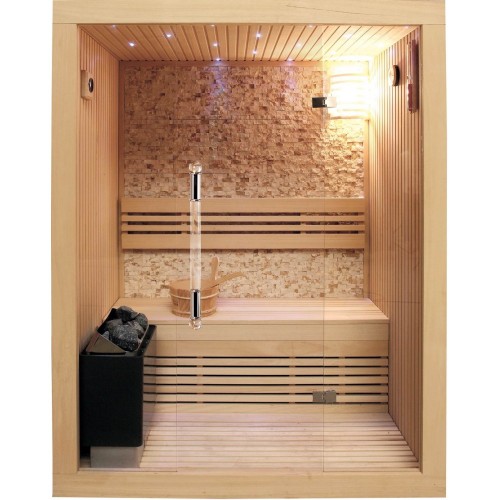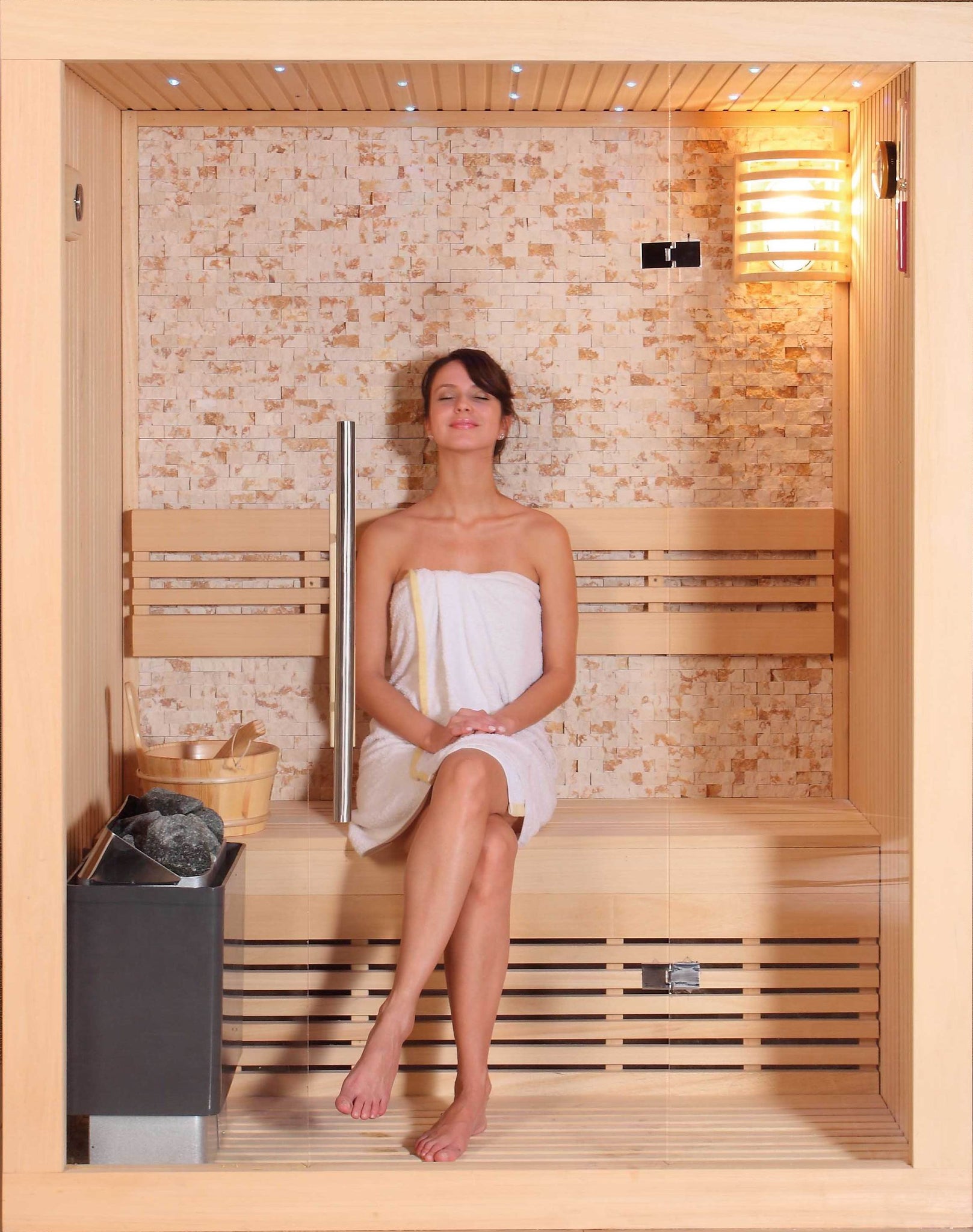Traditional Sauna - An Overview
Table of ContentsRumored Buzz on Traditional SaunaMore About Traditional SaunaThe 9-Minute Rule for Traditional SaunaWhat Does Traditional Sauna Do?Traditional Sauna for Dummies
Power financial savings is something to take into consideration for individuals that plan on utilizing their sauna regularly. For a traditional sauna, bathers typically require to wait on 30-40 mins for the space to preheat prior to getting in. Infrared saunas, on the various other hand, generally reach their ideal temperature in around 15 minutes.That means that in an infrared sauna, bathers can start appreciating their sauna immediately. One distinction in between the two types of sauna that is frequently neglected is the social experience.

Attempt a sauna today and find some of the incredible advantages on your own!.
Facts About Traditional Sauna Revealed

Variables such as warmth resistance, preferred degree of detoxing, and total wellness needs to be taken right into account when determining which kind of sauna to make use of (Traditional Sauna). Infrared saunas are a kind of sauna that use infrared light to heat up the body straight, instead of warming the air around the body like traditional saunas

The temperature in an infrared sauna is usually lower than in a traditional sauna, with temperature levels ranging from 120F to 150F. Infrared saunas offer a variety of advantages that make them an eye-catching option for those looking to boost their wellness and health and wellbeing. A few of the advantages of infrared saunas consist of: Infrared saunas use lower temperatures than traditional saunas, which can make them extra comfortable for those that discover heats difficult to endure.
Not known Facts About Traditional Sauna

The warmth generated by infrared saunas can assist to boost blood circulation and boost blood circulation. This can assist to reduce inflammation, promote healing, and improve total cardio health. Infrared saunas have actually been revealed to aid decrease tension and promote relaxation. This can help to improve mood, reduce stress and anxiety, and boost general psychological you can try here health and wellness.
With their lower temperature levels, deep infiltration, and variety of wellness advantages, infrared saunas are a great means to relax, take a break, and boost your general health. Conventional completely dry saunas have been around for centuries and are still prominent today. They are usually heated up with wood, gas, or electricity and have reduced humidity levels.
The 6-Second Trick For Traditional Sauna
There are a number of advantages to using a traditional dry sauna. Below are a few: Relaxation: The heat and low moisture in traditional dry saunas can aid relax the muscle mass and reduce tension degrees. Detoxification: Sweating in a sauna can assist remove contaminants from the body, which can enhance overall health and wellness.
When it involves saunas, there are two major types of home heating approaches: conventional and infrared. Standard saunas make use of heated air to heat the body, while infrared saunas make use of infrared radiation to penetrate the skin and warm the body from within. Among the major distinctions between the two techniques is the sort of warmth they produce.
Typical saunas warm the air, which after that heats up the body with convection. Infrared saunas, on the various other hand, warm the body directly with radiation.
In terms of energy efficiency, infrared saunas are typically a lot more effective than standard saunas since they need less power to operate. They also warm up quicker, so they can be used for shorter sessions. When it involves the results on the body, both kinds of saunas have been revealed to have benefits.
The Main Principles Of Traditional Sauna
Infrared saunas have actually been revealed to have similar advantages, in addition to potentially aiding with detoxification, skin wellness, and immune function. Overall, the selection between a typical or infrared sauna comes down to individual choice and individual demands. Conventional saunas might be better for those that prefer greater temperatures and an extra intense sweat action, while infrared saunas may be much better for those that want an Source even more mild and efficient warm treatment.
Both types of saunas use one-of-a-kind advantages and drawbacks that need to be thought about prior to making a decision. The selection between an infrared sauna and a standard dry webpage sauna mainly depends on individual choice and the desired advantages. Those who favor a more comfy, reduced temperature atmosphere may favor an infrared sauna, while those who are trying to find extreme heat and a standard sauna experience might favor a traditional dry sauna.
Below are some safety suggestions to bear in mind when making use of infrared and conventional completely dry saunas:: Saunas can cause extreme sweating, bring about dehydration. It is essential to consume a lot of water in the past, during, and after sauna sessions to stay hydrated.: It is suggested to restrict sauna sessions to 20-30 mins to stay clear of overheating and dehydration.